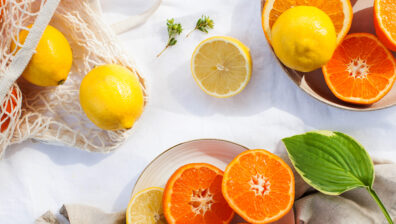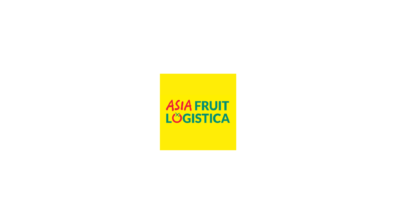
Orange
Orange is the most produced fruit in Brazil and its cultivation is present in all regions of the country. This makes Brazil the main sweet orange producer in the world. After Brazil, the main producers are the United States, China and India.
The country is responsible for 50% of the orange juice world production and it exports 98% of this production. The orange juice is the most consumed fruit-based drink in the world, with 35% of participation among all juices.
In Brazil, the State of São Paulo is in first place in the production rank, with 77% of the national production, followed by Minas Gerais (6%), Paraná (5%) Bahia (4%) and Rio Grande do Sul (2%).
The origin of the citric fruits is considered complex and it has always been surrounded by controversies. The first description about the citric fruits appears back in 2000 b.C in the Chinese literature, and might have originated from Southeast Asia.
Just like the origin of the citric fruits is confusing, we do not know much either about the spreading of the orange production around the globe. The hypothesis are that from Asia, the orange was taken to Northern Africa and from there it was introduced in Europe through the South of the continent, in the middle of the Middle Age (476 d.C. – 1453).
In Brazil, the fruit arrived in mid 1530, through the Portuguese who saw in it a source of vitamin C, a nutrient which could help in the fight against scurvy that was devastating the crews of the ships during the great navigations.
It is worth mentioning that the orange productive sector has a high maturity in the topics of sustainability and food security and it adopts, besides the Best Agricultural Practices and the respect to people and to the social, a behavior of commitment with the study on the carbon footprint and aligning the actions to fight against climate change.
All around the citric belt, which is composed by the State of São Paulo and part of the State of Minas Gerais (Triângulo Mineiro region), the 2019/2020 harvest had a production of 384.87 million boxes (of 40.8 kg each). And almost all of this production is destined to the juice industry.
The Country still exports fresh fruit very little. The climate conditions in Brazil, very positive for the productivity and quality of the fruits destined to the juice industry, are not so favorable for the table varieties, when compared to the main competitors such as Spain, South Africa, northern African countries, Uruguay, among others. The flavor is fantastic, however, the color of the peel might not be the one preferred by the market (fruit completely very dark orange). The productive sector works hard in the technologies to make the Brazilian fresh orange more competitive also in terms of “appearance”.
In 2020, seven thousand tons of fresh orange was exported, with a revenue of US$ 4.3 millions. The main varieties cultivated for the table and exported are the Valencia, Navel and Champagne. Part of these exported fruits are directed to the food service sector for the preparation of fresh juices.
Besides being rich in vitamin C, the fruit has flavonoids and several important nutrients to prevent diseases and make the body more resistant. The orange is part of the menu for several people who choose the fruit juice in the morning or during the meals.
Very used as an ingredient in various recipes or consumed fresh, the fruit is available for consumption practically all year round.




